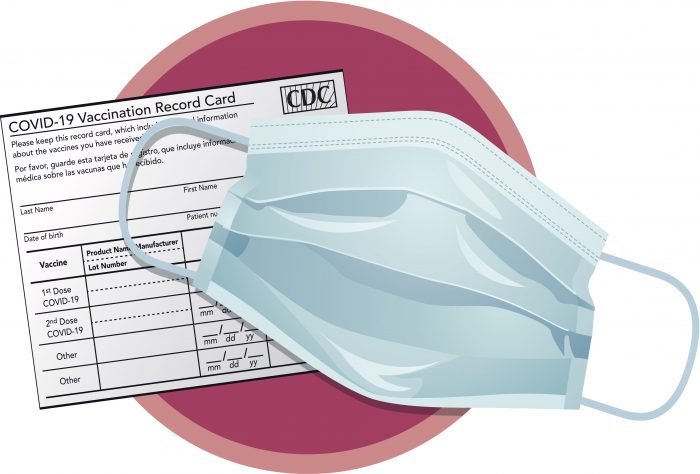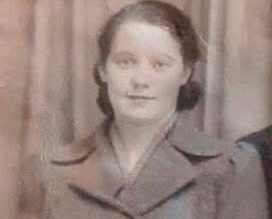Fueling drug violence
I have been reading about the violence engulfing Ecuador with its drug gangs — and thinking. Some in our community are users of cocaine, and they have to be affluent since cocaine is not cheap. Do they realize that they are fueling this violence? Or do they just not care? How do they justify themselves?
Jane O’Sullivan
Setauket
LIRR and its president must do better in 2024
The MTA invested $11.6 billion in direct costs for construction of the Long Island Rail Road East Side Access to Grand Central Madison. Part of the scope of work involved upgrading the Harold Interlocking and signals west of the Woodside Station. This cost over $1 billion. These capital assets were previously updated in 1991 at a cost of over $100 million.
The most recent work included upgrading and expansion of the signal system to accommodate new LIRR service to Grand Central Madison. How disappointing that less than one year later, there was another round of signal problems west of the Woodside Station. This resulted in service delays on Saturday night, Dec. 30. There was no service in or out of either Grand Central Madison or Penn Station for one hour around 10 p.m.
This represents the most recent in a series of failures on the part of the LIRR to maintain consistent safe and reliable service 24/7 on the Port Jefferson and all 11 branches. Once again, the LIRR left coal in the stockings of commuters this holiday season. So much for any decent on time performance.
Our New Year’s resolution is for new LIRR President Robert Free to do better in 2024.
Larry Penner
Great Neck
Epitaph
We now have politicians that apparently exist in a state of moral depravity. Witness the state of the nation presently. God bless America from a veteran to World War II and the Greatest Generation.
Leonard J. Henderson
Port Jefferson
Legal talented scientists are welcomed
A recent edition of The Village Times Herald featured an interview of Bruce Stillman, the president and chief executive officer of the Cold Spring Harbor Laboratory. [“CSHL’s Stillman concerned about the effect of anti-immigrant talk, policies on US science,” TBR News Media, Jan. 11.] In the interview, Stillman lamented the “toxic talk” and “adversarial dialogue” that many Americans are expressing with regard to the invasion of our southern border by “immigrants,” eschewing the use of the correct legal term, which is illegal aliens.
This hostility, he claimed, makes it difficult to hire very talented scientists from other countries.
I think Stillman should explain to his potential candidates that the concern of American citizens over immigration issues is not directed toward those who obey our laws and comply with our regulations, which almost certainly applies to those whom he is considering hiring.
All Americans have tremendous appreciation for the incredible contributions made by (legal) immigrants of the past and present, including great Americans Andrew Carnegie, Albert Einstein, Nikola Tesla, Wernher von Braun and Elon Musk, as well as many others.Once this distinction is clarified for the new hires, I have no doubt that they will happily follow the proper procedures, and I wish them long and fulfilling careers at CSHL.
George Altemose
Setauke
Communication necessary between community and BOE
It was with great frustration that I watched the video recording of the Port Jefferson Board of Education meeting of Jan. 9. At 35 minutes 50 seconds, during public comments, resident Gail Sternberg addressed many of the same concerns that I, along with my neighbors, share. She gave rational, factual and statistical information that she took the time to FOIA. She presented the information to the BOE. There was no response, and then she was “thanked for her comments” and simply told her time was up. Disappointingly, it appeared there was a dismissive tone for her broaching these uncomfortable topics. I was rather surprised to learn that the total student enrollment for the high school is projected to be less than 200 students within just seven years, and even lower thereafter. I also recently learned from reading Newsday that Port Jefferson School District has seven lawsuits filed against it for which we are potentially responsible.
Along with these lawsuits and a decline of student enrollment, we have the current glide path of taxpayer expenses rising, due to loss of LIPA revenue contribution. All these issues are veering ahead at precisely the same time, and we have no large reserves for all of these expenses, thus creating an unfortunate “perfect storm.” It would be helpful if a special meeting is held where the community can ask questions, voice their concerns and try to understand what is ahead. The other surrounding school districts that are facing the dilemma of declining enrollments have already done so — to let the community know what is going on, and what remedies might be considered.
We need to keep taxes down and spending curtailed if we want to bring in new families. A declining enrollment does not lend itself to having opportunities for socialization, sports programs and advanced courses. We cannot simply “kick the can down the road.” If we desire to keep our high school a thriving and financially viable school in the coming years, the time to start a conversation is now.
I think it is the responsibility of the BOE to address the community so we can be educated voters in the future. I am hopeful the BOE will want to consider this community’s input when making decisions going forward and, if so, share with us what a plan B might look like. It is time to discuss the elephant in the room.
Darcel Weldon
Port Jefferson
Vote on proposed Terryville Fire District bond issue to upgrade facilities
I want to take the opportunity to alert the residents of Port Jefferson Station/Terryville to an important upcoming event impacting the safety and quality of life in our community. The Terryville Fire District has recently proposed several upgrades and repairs to the two facilities operating within their jurisdiction. These improvements would bring the headquarters on Jayne Boulevard and Old Town Road, Station 2, into compliance with current firefighting standards as well as replacing aging materials and equipment. EMS personnel and equipment needs have nearly doubled since the construction 50 years ago of Station 2 in 1974 and the main facility on Jayne Boulevard has not had any meaningful upgrades in over 20 years.
The district has proposed to replace the roof and upgrade the existing siren at the headquarters as well as provide additional storage and training facilities within a new utility building at Station 2.
I would suggest the district considers providing for public spaces and meeting rooms for community use as is the case in surrounding fire districts. The proposed bond to pay for all these renovations is $18 million.
Given the growth in our hamlet in past years and facing significant development pressures in the future from the proposed Jefferson Plaza project — and many others surrounding the 112 corridor — it is imperative our residents carefully evaluate this bond issue with an eye toward meeting the challenges we face over the coming decades.
Unfortunately, the fire district reached out to the local civic association only recently, and I applaud Commissioner Lee Brett for his efforts. However, as president of the Port Jefferson Station/Terryville Civic Association, I appreciate their efforts to engage the community, it is hard at this late date to fully weigh the benefits of these improvements against the cost impact that might result in a projected tax increase to residents of about $10-$12 a month from passage of this bond.
I am hopeful the fire district, with less-than-ideal outreach, will still be able to generate the community support needed to persuade my neighbors that approving the bond issue is a wise investment that will meet the needs of our area.
The vote will be held at the main headquarters on Jayne Boulevard Tuesday, Jan. 23, from 2 to 9 p.m. I urge concerned citizens to participate in deciding the ability of our first responders to rise to the occasion when called upon to help our community.
Ira Costell
President of the Port Jefferson Station/Terryville Civic Association
















